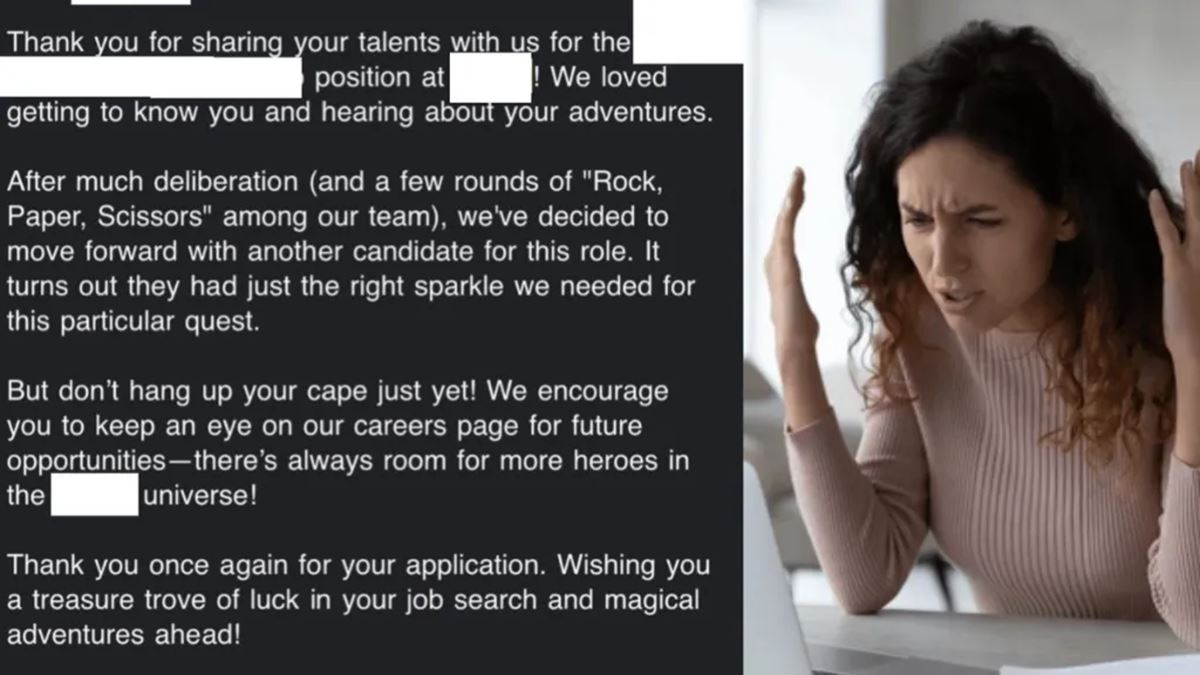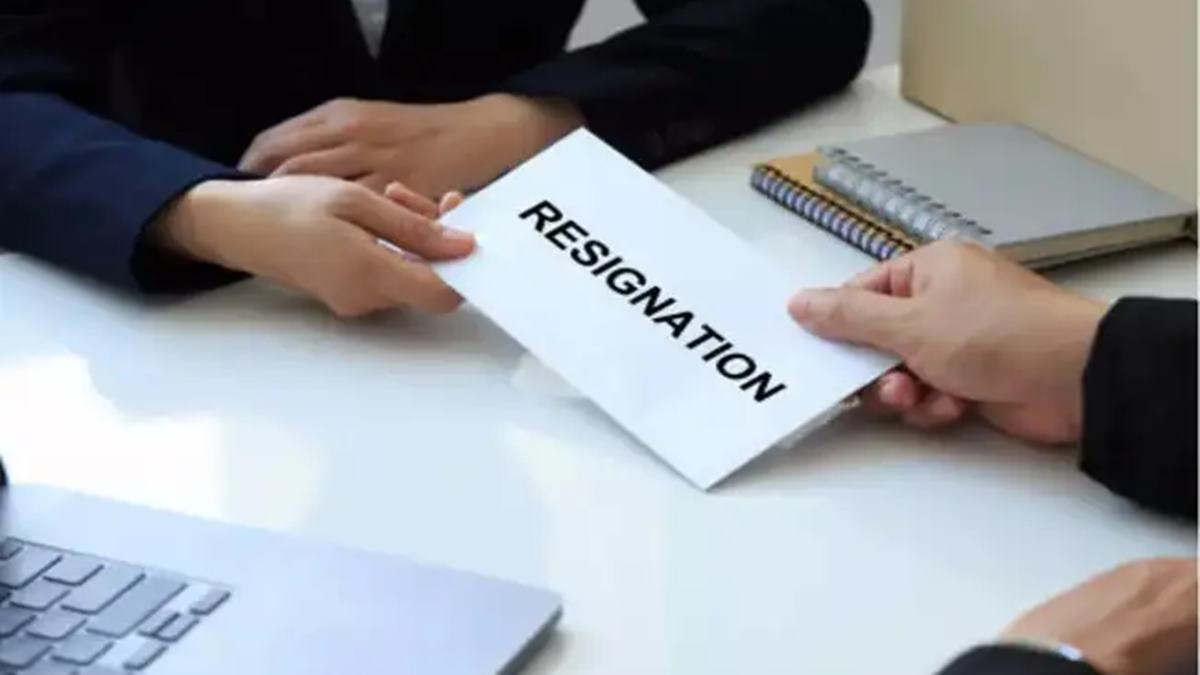So what do economists have to say about how AI will affect working hours? The simple answer to this question may be “not much.” One reason is that in the post–World War II period, work time became something of a stepchild in the profession. At the end of the first seminar I gave on working hours back in the 1980s, at MIT, a senior economist suggested I give up the topic; he was puzzled that I was interested in hours, because all that really matters is income. Needless to say, I didn’t take his advice. But his view wasn’t atypical. Employment, wages, incomes, the income distribution — those are better things to study. The profession wasn’t always like this. Historically, many influential economists wrote about hours of work and how technology would affect them. Marx chronicled long hours in the “Satanic Mills” of the Industrial Revolution. Keynes predicted increasing leisure over the twentieth century. That said, there is a robust literature on technology, and increasingly on AI.
A lot of the research is about jobs. Will the labor-displacing dimensions of AI lead to what’s called technological unemployment? Are we headed for a dystopian labor market in which an elite group of highly skilled technologists have work, and the rest of us are left idling? Will we need a basic income to adapt to this inevitability, as some in Silicon Valley have suggested?
There was a time when most economists had stock answers to these questions. No, no, and no. For decades, there was a widespread belief in the profession that technological change does not result in long-term unemployment. One reason was past experience. We’d already gone through something similar with the Industrial Revolution, and it turned out well. While there will certainly be an initial displacement effect with people losing jobs, they can be reemployed elsewhere. Economists point to the new occupations that didn’t exist a century ago and expect that a similar process will again occur. Many new types of work will be invented, even if we can’t imagine them today, just as our ancestors couldn’t predict the rise of computer programmers or content moderators on social media.
The second reason for economists’ optimism is grounded in their model of how the economy functions. By definition, technological innovation raises the productivity of inputs into a production process. Let’s call those capital and labor. When both become more productive, the result is more output. Let’s call that growth. The idea is that the incentive to grow leads to a higher demand for labor—even enough additional demand to absorb those who have lost their jobs. Therefore, the initial displacement effect is overridden by the positive productivity impacts of technological progress. Prosperity gets shared by capital and labor, in the form of profits, higher wages, and ample jobs. Over the years, I have been on a number of panels on this topic, and this is the story my fellow panelists usually tell. A recent one summed up this view in one of his slides: “Takeaway: we should not be afraid of technologies that increase productivity!”
That’s not to say that economists haven’t been worried about other impacts of digital technology. As wage inequality intensified in the last half century or so, attention turned to how technology can change the content of jobs in ways that advantage or disadvantage certain types of workers. One effect is called skill-biased technical change. The bias at present has been in favor of the more highly educated (that is, higher skilled). There has been a lot of ink spilled on the declining fortunes of people without college educations. That research led to a focus on the actual tasks that workers perform and, by extension, a reconsideration of the usual rosy views about robots and AI.
This revisionist approach, which has been championed by Nobel laureate Daron Acemoglu and his collaborators, argues that the impacts of AI on workers will depend on the balance among three effects. The first two are what the traditional thinking emphasizes: the (negative) labor displacement effect and the (positive) productivity/growth effect. Acemoglu and Pascual Restrepo add a third (positive) factor they call the “reinstatement” effect, which includes new occupations in which labor has a distinct comparative advantage. Analyzing data since 1947, they find that over four decades the displacement and reinstatement effects were roughly equal. But after 1987, things changed. There has been a lot of displacement, with very little reinstatement. As a result, labor demand has stagnated.
David Autor reflected the shift in economists’ thinking in a subtitle to a paper: “From Unbridled Enthusiasm to Qualified Optimism to Vast Uncertainty.” He noted that “traditional economic optimism about the beneficent effects of technology for productivity and welfare has eroded as understanding has advanced.” A 2017 poll of leading U.S. economists found that 35–40 percent believe robots and AI will raise long-term unemployment rates. Another study by Acemoglu and Restrepo provides evidence for that view. Tracking the installation of robots in automobile manufacturing locations around the country, they show a subsequent rise in unemployment in surrounding areas. Exactly how exposed workers are to AI remains a point of contention. The most extreme estimate was an early (and widely criticized) one that claimed that 47 percent of U.S. employment was at risk from “computerization.” A McKinsey report estimated that 30 percent of activities in 60 percent of occupations were able to be automated.
A 2017 poll of leading U.S. economists found that 35–40 percent believe robots and AI will raise long-term unemployment rates.
While there’s still a tremendous amount we don’t know about how AI will affect the labor market, I’m with the revisionists, and suspect the rosy market-driven scenario is unlikely. There will be labor displacement, perhaps a great deal of it. And that doesn’t begin to address the many other negative effects that AI may bring in its wake. We’ve already seen that algorithms are often pernicious agents of racial and gender discrimination and bias. They’re contributing to the rise of hate groups and extremism via social media. Deepfakes threaten to destabilize democracy. AI can be used by governments to control populations. A not insignificant number of AI pioneers have been warning about its potential to cause human extinction. And then there are its current energy requirements. An AI-powered search uses ten times the electricity of standard googling. We desperately need to get serious about what we’re doing on this front.
However, the revisionists remind us that the future is in our control; the impacts of AI and robotization are not inevitable, or even natural. They depend on what we decide to do today. The four-day week is a vital part of a sane response. And while it doesn’t address the political or existential dangers of AI, it could be key to reducing painful labor market impacts. In fact, all those pessimistic findings that economists are producing have a silver lining. Displacement means we will need less human labor to do things. Instead of reacting by eliminating people’s jobs, maybe we could all work less?
Source – https://bigthink.com/business/our-jobs-and-ai-why-the-4-day-week-should-anchor-our-work-lives/




















